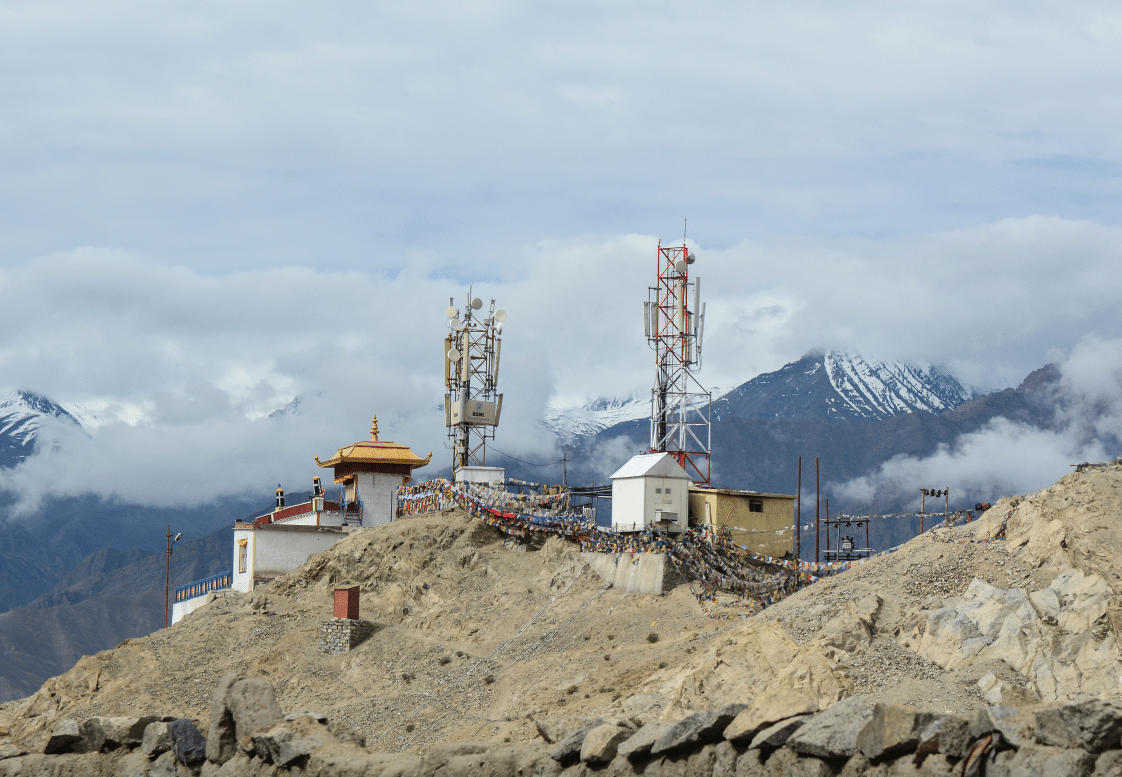
Energy management is more than simply monitoring a single asset; getting a clear and wide picture of multiple assets, individually and comparatively, is the main challenge. As the number of Lithium-ion (LiB) and lead-acid batteries are the main source of backup /primary power of telecom sites, It is essential to actively monitor them to proactively prevent anomalies or failures and minimize on-site maintenance.
We at Galooli embraced this challenge to take energy management and efficiency to new levels. We have integrated sophisticated AI-augmented analytics with our platform to maximize various power sources’ efficiency. Our solution provides users with live alerts if anything amiss occurs, now including industrial lithium-ion batteries (LIB).
So What’s New?
We have now added an innovative dashboard to Galooli’s platform, offering our users a comprehensive overview of their sites’ lithium-ion batteries (LIB), the easy-to-navigate interface With the new dashboard, telecom site operators can get an overview of the following metrics for all of their batteries:
- The total sites with Lithium-Ion Batteriesׁ
- Number of connected and disconnected batteries
- Voltage, current, SOC and temperature issues
- Imbalance in battery performance from one or more modules in the cabinet

What does this mean in practice?
Site operators are now able to highlight only the most relevant data points and get a specific picture of the site and problematic Lithium-Ion battery in question. A faulty or unbalanced battery is not only a problem on its own, but also places more strain on the rest of the batteries in the series.
This strain reduces their lifespan and overall health and will force you to replace the batteries sooner. Often the battery storage unit is also most likely operating in an inefficient manner, necessitating other energy assets to pick up the slack.
Not only does this feature maximize battery lifespan and OPEX savings, it enables our customers to rely more on renewable energy and less fossil fuels, reducing their overall carbon footprint. Monitoring live LiB battery performance will also reduce the potential energy load from other sources, and maximize battery health over a longer duration.


























